
Physics for the Perfect Kachori
Acknowledgements
While we may talk about all the technical details of inflating the kachori, the highlight of this blog is still, the video animation towards the start of this article.
Immense effort has gone into creating this in-house. 300 frames, 24 shots were created and then stitched together using an AI processing tool to create this piece of art rather a masterpiece.
This is an output by our brilliant team.
All thanks to Ritika and Deepa without whom this would have just stayed an imagination. Where there is will there is a way. Be it this animation or kachoris with atta :)
Introduction
Well, it starts with the problem statement of what we want to achieve.
We want to achieve a Kachori with the following characteristics:
- Fluffy like a balloon
- Crisp and flaky like a wafer
- Golden like a kachori
- No sharp edges
- Properly cooked from inside
- Made with Atta
While it may sound simple to achieve as kachori is a snack that is available in every city of India. But with atta nowhere.
The reason is simple, atta is not as elastic as maida.
So how did we get this perfectly shaped kachori? Let's dive right into it.
Understanding
Why are we publishing this study is because when we started, we had a hard time figuring out the right shape and texture of kachoris with ‘zero maida’ and we hardly found any educational material around what goes behind fluffing a kachori up.
Whenever there is someone again searching for this kind of information we don’t want them to feel helpless like we did.
So, let's start by understanding how this piece of dough with flavourful filling inside it becomes fluffy.
It's the same reason why a balloon becomes inflated. Air trapped inside it.
But, are we inducing air into the kachori as we do in balloons? No ! Then how does it take that shape? It's because of the steam that is generated inside the kachori because of the moisture present in the dough.
Some people would suggest using baking soda/powder for this but it won't do the same job. It will make the layer of the dough puffed up but not necessarily the kachori as a whole.
Process of making Kachori
- First, we take a ball of masala and wrap it inside a ball of dough
- The kachori ball is pressed from top and bottom neatly to make a flattened kachori
- The flattened kachori is simmered in hot ghee
- The hot ghee starts moving inside the vessels of kachori dough
- The moisture in the kachori starts escaping which is seen in the form of bubbles appearing on the surface
- The moisture in the inner layers of the dough starts evaporating into steam and tries to escape
- Having no place to escape steam pushes the kachori out and starts inflating it
- The cooking process continues and the inflated kachori hardens and browns itself
Constraints
-
It is evident that steam helps inflate the kachori but more moisture does not mean better kachori.
a. A more moist dough becomes difficult to hold shape when wrapping masala and flattening it.
b. It might also create air pockets allowing the steam to escape while it is getting cooked and hence resulting in a flat kachori.
c. The moisture content in the dough should be sufficient to generate enough steam and enable a good wrapping.
-
More Masala might not result in better kachori
a. Masala size larger than desired can result in creating a break in the dough again allowing steam to escape and unnecessarily flooding ghee inside the kachori.
b. Larger sized masala might also stick with itself and the dough, not allowing the kachori to inflate because of the stickiness.
-
More heat resulting in more steam will not result in a better kachori
a. The function of heat is to generate steam and cooking kachori.
b. Too much heat will result in faster inflation of kachori but it will also brown it faster resulting in kachori that is cooked from the outside but not inside.
c. It might also lead to unnecessary heating of ghee resulting in degradation of ghee.
-
Wet Masala (more moisture) will not result in a better kachori
a. Wet masala is difficult to wrap, resulting in breaks in the dough again allowing steam to escape and ghee flooding inside of the kachori.
b. Wet Masala will also make the inner layer of the kachori moist resulting in a kachori lacking crispiness.
-
Improper sealing of the masala inside dough will result in poor kachori
a. Sealing if not done evenly will probably result thicker layers on one side which could also be left uncooked.
b. Improper sealing might result breaks in dough again allowing steam to escape and ghee flooding inside of the kachori.
c. Uneven sealing might leave a non-uniform texture on the kachori.
-
If the edges are sharp, so will the kachori be, after it has risen.
Conclusion
Now that we have an idea of how kachori becomes a good kachori, we can talk about the necessary physics and mathematics that goes to make a well-shaped kachori
Masala inside kachori should break itself into two parts one for the top layer and one for the bottom layer
Steam generated at the bottom layer will help the upper layer inflate and when flipped vice versa. So, when simmering, the heavier side (if any, ideally no) should be at the bottom first.
This is because the heavier side when flipped, supports additional rise to the lighter side as it has enough moisture present in it.
Ghee when poured on top generates steam on the top surface which is not exposed to the heated ghee. This results in inflation.
Mini Kachoris
Let us come to crafting a mini kachori. Before we start with the physics behind it, setting the foundation is important - what works against crafting a kachori, something that won't let a kachori inflate is something that works like a charm in the making of a mini kachori. We’ll come back to it.
We thought mini kachori would be easy since all we have to do is wrap dough around masala, seal, and deep-fry.
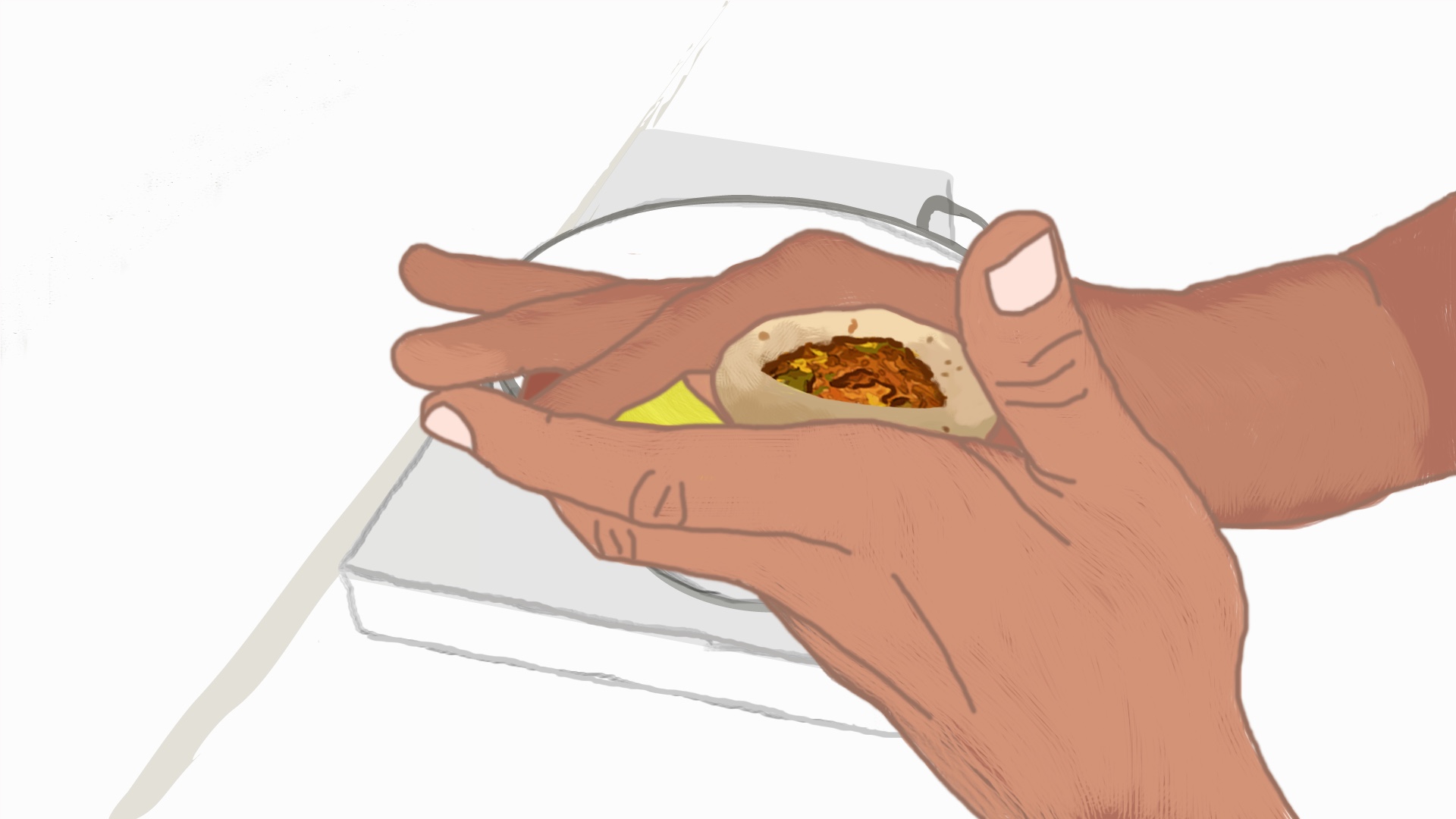
A saucy filling contains more moisture and is more challenging to make with kachori since it requires few physical actions, such as filling, sealing, and flattening, but with mini kachori, it's just filling and sealing.
We have not been able to master saucy filling inside a kachori. This is because the filling leaks out from the dough while flattening, but with mini kachoris, we saw an opportunity to try.
We still can't keep the moisture content too high (even with mini kachori) because wrapping dough around filling becomes a challenge.
For a kachori to inflate and reach its desired shape, air needs to be trapped within the kachori. With the mini kachori, we had no idea what would happen, but the mini kachori with saucy filling exploded when frying. Imagine steam coming out of a pressure cooker.
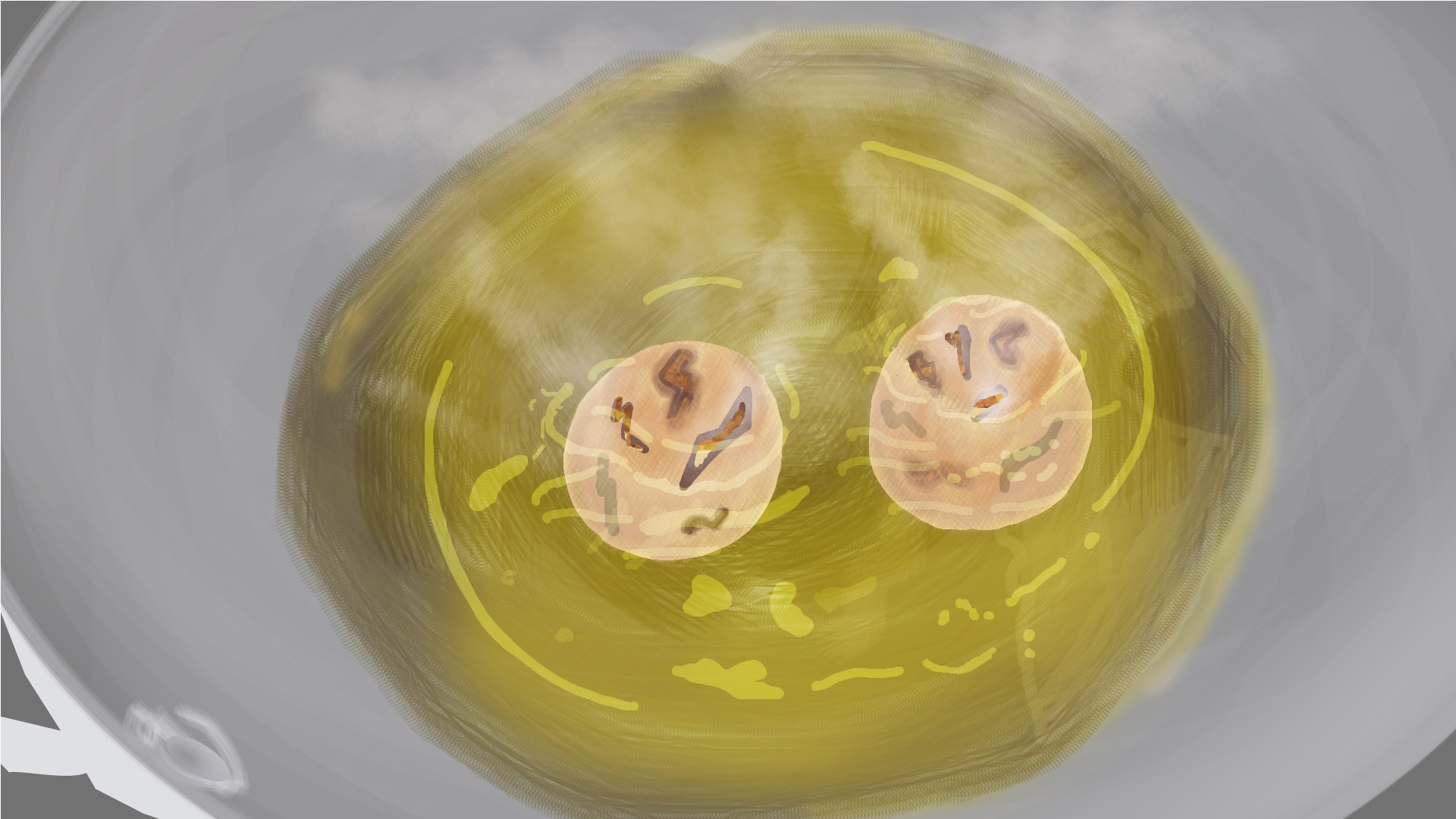
Since the desired shape is not inflated, the trapped steam must escape.
Now that we know the steam inside the mini kachoris needs an escape route, we found a simple hack. The only thing we need to do is puncture small holes in the mini kachoris before they are placed in hot ghee. We used a toothpick to do this. The holes act as vents and prevent enough steam from building up to cause them to burst. Since the holes are small and steam is constantly escaping, hot ghee has little chance of entering.
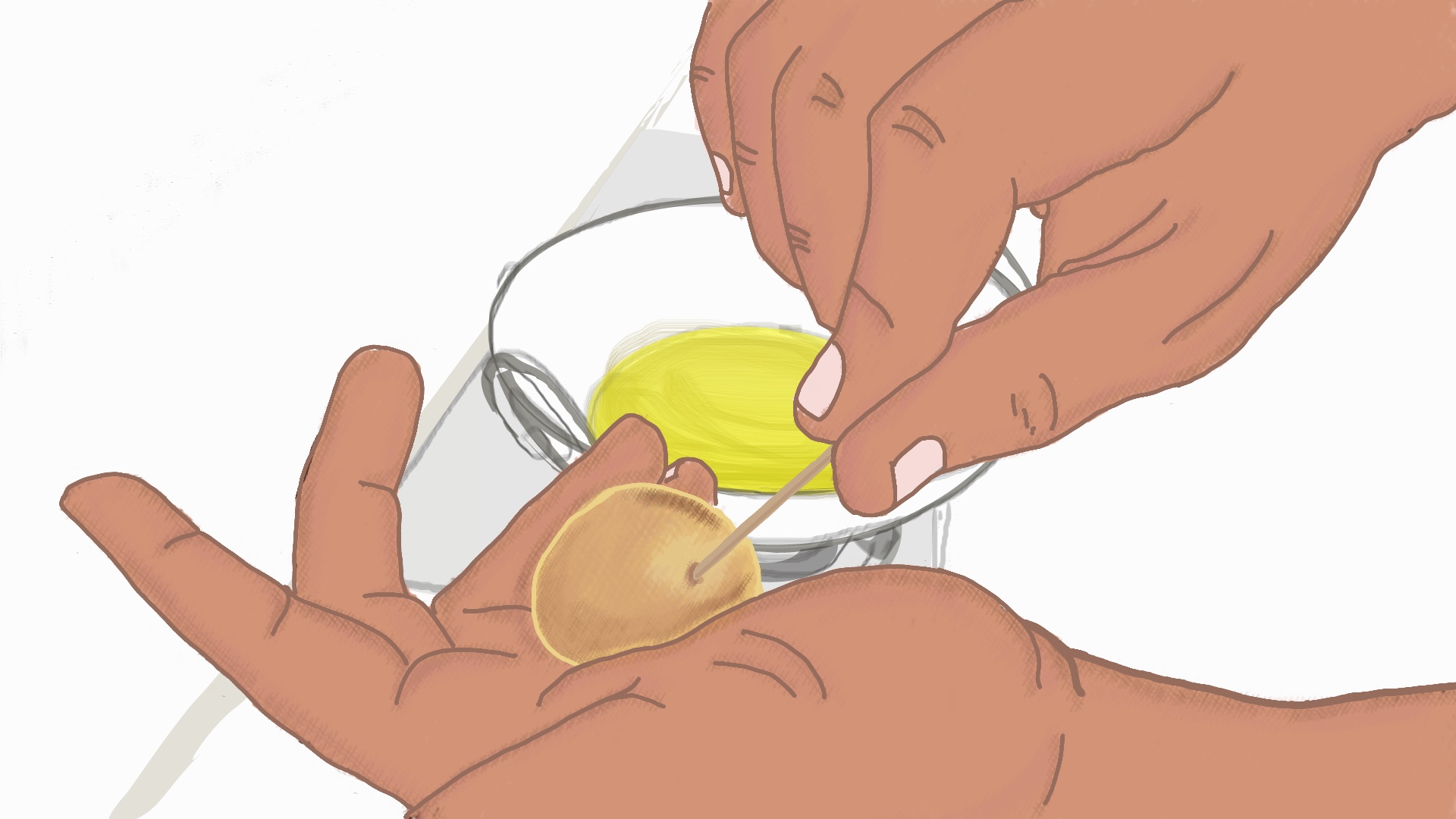
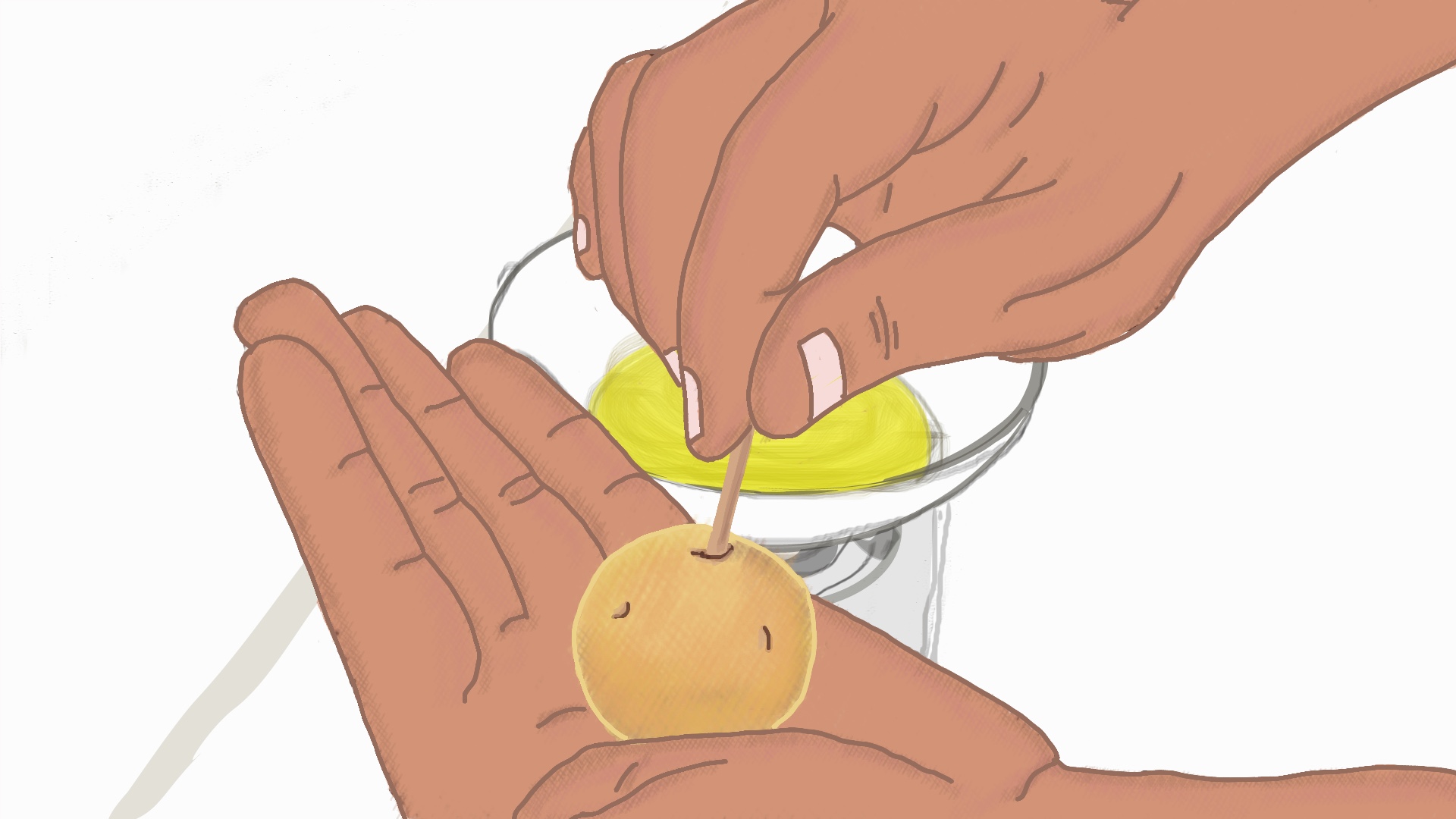
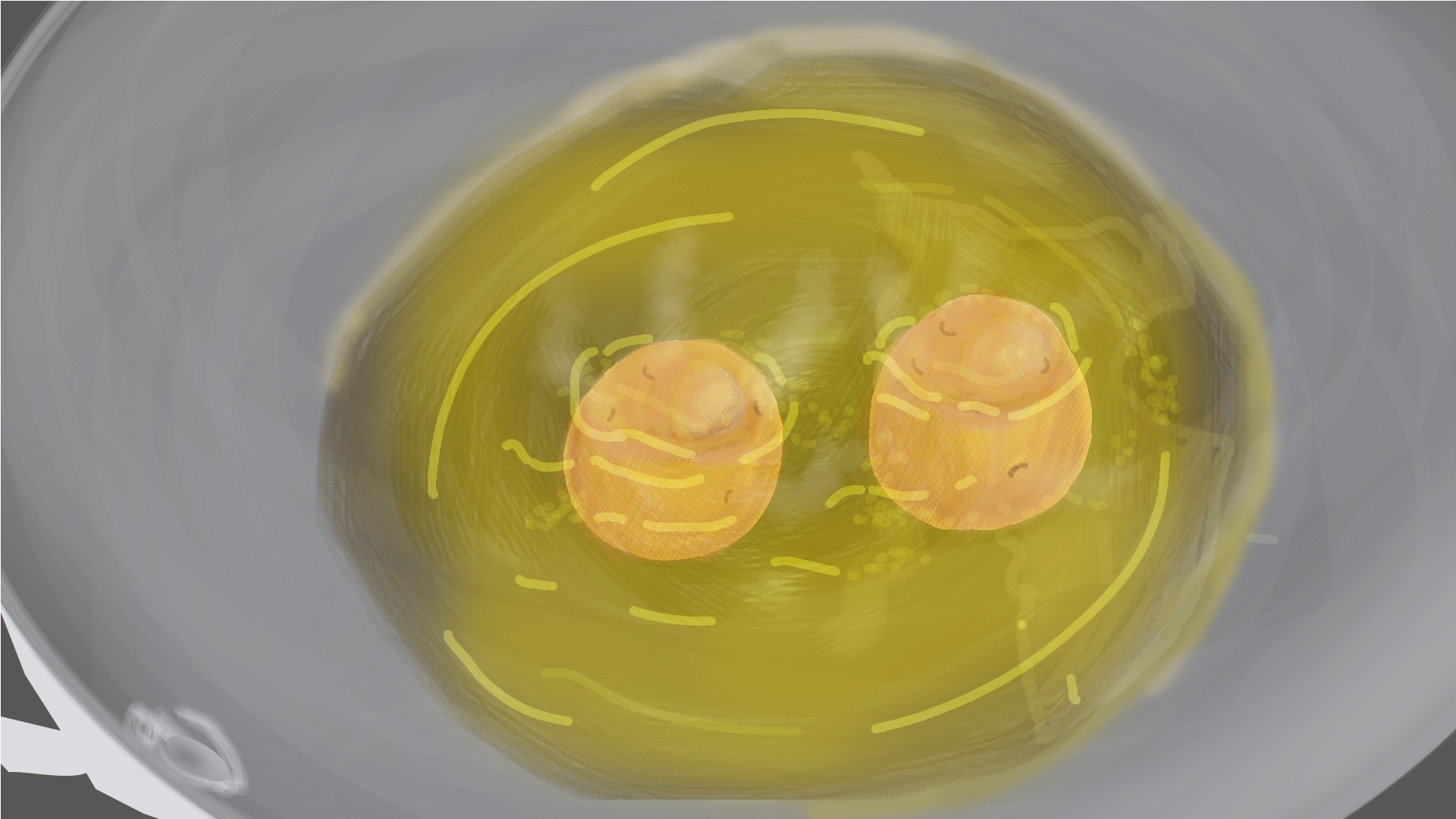
In light of the above explanation, we will return to the strong connection we made earlier, "Something that won't let a kachori inflate is something that works like a charm in the making of a mini kachori".
Creating holes in the kachori before frying will prevent it from inflating but the same method saved mini kachori from bursting.
Conclusion
Here we conclude the physics that helped us create right-shaped kachoris with new flavors. If you liked our approach, please give us a thumbs up at contact@oldschoolfoods.in
